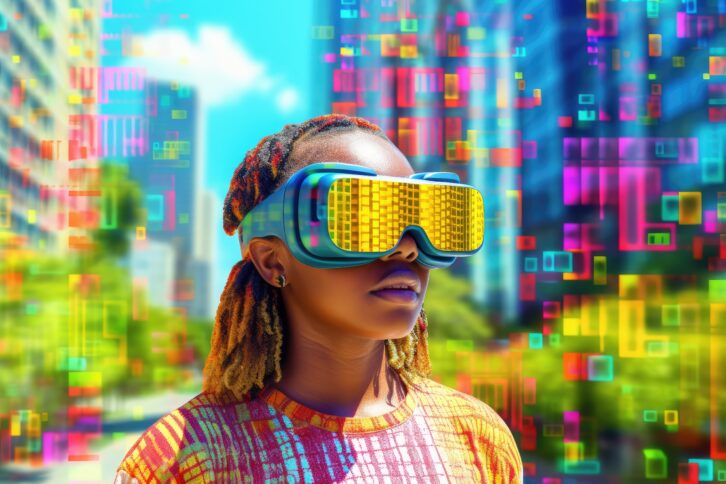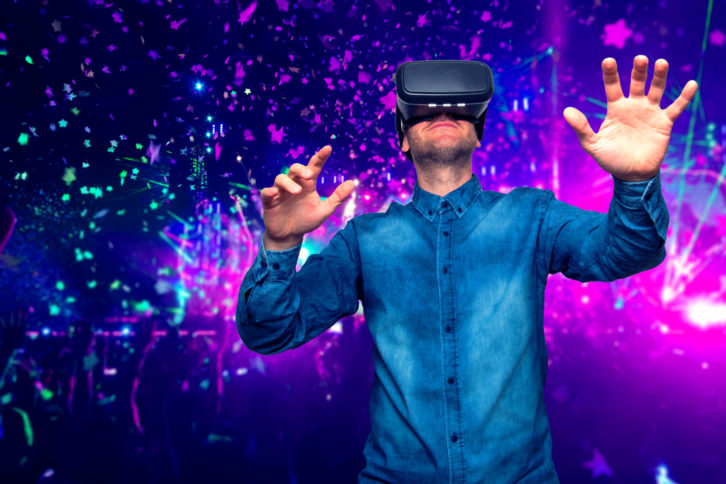Despite the promise of extended reality (XR), current technology has struggled to deliver on early hype levels, leading to fairly lacklustre adoption across both consumer and commercial sectors. But this is not to say that these technologies are dead in the water. With the next generation of mobile technology being designed with XR equipment and experiences in mind, and continued interest from businesses in the technology’s potential to revolutionise workplaces, among other use cases, XR might be in a better position than many give it credit for.

But to reach these heights, the tech industry needs to reset the hype-meter and lay out what the technology can actually deliver, and what’s required to get there, rather than setting unrealistic expectations. The potential for this technology is incredible, from immersive gaming to the futuristic ways we will watch sports in the next decade, but despite its potential, the technology could still be waved away as yet another tech fad unless we’re careful.
Improving user experience
One core XR challenge, particularly for VR, surrounds the head-mounted displays (HMDs) needed to deliver virtual experiences. While necessary, the size and weight of HMDs can have a particularly negative impact on the user experience, especially when used for longer periods of time. These large headsets are at odds with the sleek technology consumers have become used to, and usually come with a high price tag.
VR application and content developers are still often constrained by comfort and fatigue limitations. Which is sure to be a focus of device designers in the near future, who will prioritise making devices smaller, comfier and more user friendly. Some designers are even considering wider use of VR caves, an immersive environment that uses screens or projections on walls rather than HMDs.
But technological restrictions limit just how user friendly the current generation of XR devices can be. The immersivity of VR, for example, requires high frame rates and resolutions that translate into high bit rates. Generating content at such bit rates is a challenge when battery size limitations, heat dissipation, and device weight all need to be taken into account–all areas that impact user experience.
So, while we are seeing significant improvements in image quality and interactivity in the current generation of XR products, headsets are still a major constraint for users. And so far, beyond the novelty and some fringe use cases, there simply isn’t the ‘killer app’ to encourage users to accommodate for this discomfort.

Utilising edge computing to enhance ease of use
Developers have to walk a fine line with XR products. While ease of use is often prized above all, it can come at a cost to battery life, comfort, and overall performance. The simplest solution for the user is to host all required processes on the device headset, but given the high data and computational requirements, this is often impossible when keeping in mind both visual quality and user comfort. While it may alleviate processing requirements, it also imposes delay constraints when generating a truly immersive experience. Failing to meet these delay requirements can result in motion sickness, further impacting user experience.
One potential answer is edge computing, which uses a combination of cloud and physical infrastructure to bring data closer to devices, lowering bandwidth and latency. For XR devices, these reductions mean content can be streamed much more efficiently, more sustainably, and at a higher bit rate. While developers are still exploring the potential possibilities of edge streaming, it holds potential to transform how users interact with XR devices.
Interoperability to avoid fragmentation
Another topic developers need to seriously consider is interoperability, or the concept of moving between virtual worlds, taking objects from one virtual reality experience (or environment) to another, while ensuring intellectual property rights are guaranteed. For example, if someone spends time creating an avatar in one ‘verse’ they are unlikely to want to switch this between various virtual ecosystems. With a stream of new technologies emerging in the market, it is easy to see how quickly fragmentation between different services and products could set in. For this technology to grow, the development of standards will play a pivotal role.
These standards will work to enable users to move seamlessly between worlds, along with their accessories, property, capabilities, and goods. Ensuring interoperability would enhance user adoption, and aid in app development. By implementing these standards now, as the technology truly begins to gain momentum, standards organisations working in XR, the metaverse, or with other technologies can avoid this potential snag from the very beginning.
High hopes for the future
Despite big advancements in VR this year, the industry is still firmly in the ‘slope of enlightenment’– a term coined in Gartner’s Hype Cycle Research Methodology. It describes the period in which users and the wider industry are beginning to truly understand XR’s use cases – a time in which we will see continual improvements and new announcements for VR and metaverse technologies. However, more creative and R&D efforts are still needed to ensure this technology, including improvements to haptics and controllers, reaches its true potential.







